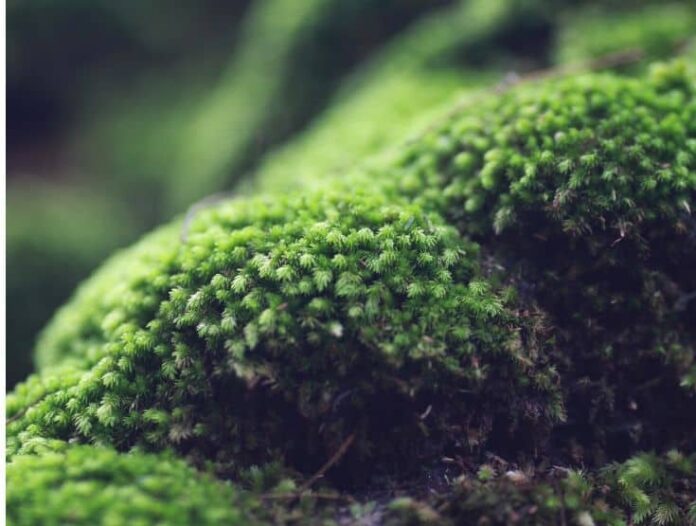What is perfection between Christmas moss and Java moss? So which plant is your only choice for your tank?
Each vegetation is highly loved by aquarists, providing a pure filtration system to your tank water to keep it safe and clean for your fish and offers shelter for shy fish species and prone fry.
With all this comparability information, we dive into Christmas moss vs Java moss to decide which one to choose for your aquarium.
What is the Difference Between Christmas Moss and Java Moss?
Java moss and Christmas moss are favorite aquatic plants that are considered easy to cultivate.
Of these two, Java moss is normally considered excellent to deal with. The plant is quite tolerant of most water conditions and is considered the only possibility for low-light, low-tech tanks. Christmas moss is quite slow growing and needs some light and CO2 supplementation to encourage stronger growth and vibrant colour.
Java moss is the only possibility as a filler plant, whereas Christmas moss normally grows flat and can be used to cover driftwood, rockwork, and more.
Comparability Desk
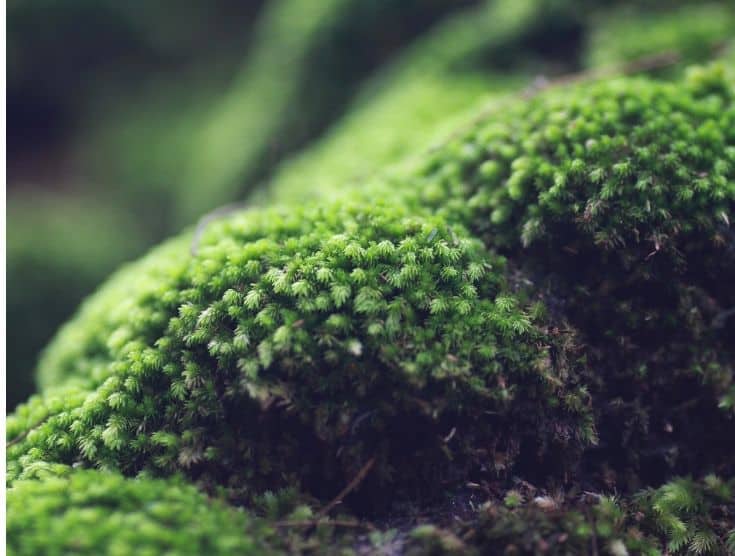

Prune often to prevent overgrowth
Connect with rocks, driftwood and more
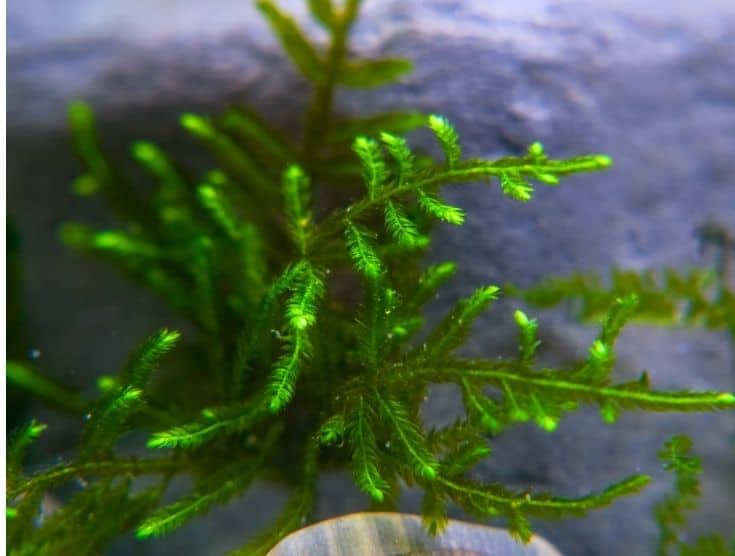

Prune often to prevent overgrowth
Connect with rocks, driftwood and more
Now let's make an in-depth direct comparison between Christmas moss and Java moss.
What are Aquatic Algae?
All types of moss are classified as follows: bryophytes those without vascular tissue. This physiology prevents the top of vegetation from rising more than just a few inches.
Algae do not produce flowers or seeds. To unfurl, the vegetation produces spores that are carried by water until they reach a suitable spot inside the tank where they germinate.
Benefits of Seaweed
Christmas moss and Java moss look gorgeous in your aquarium, but they also provide completely different benefits.
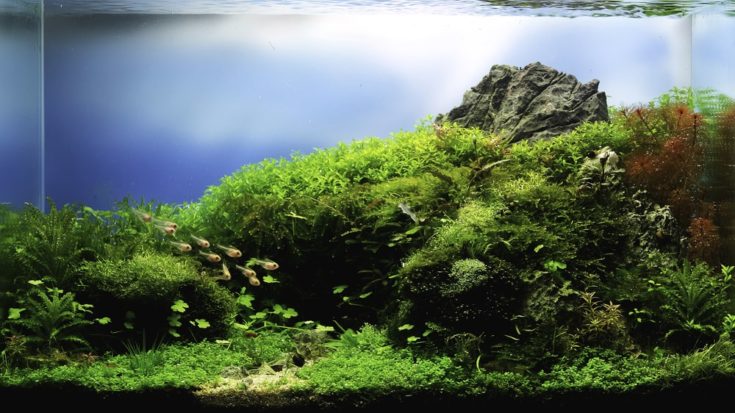

Like all plants, these algae remove nitrates and completely different nutritional vitamins from the water column, alleviating the natural load on your filtration system and serving to increase the premium quality of the water in your tank. Algae also produce oxygen and absorb CO2 from the water, allowing the tank to provide oxygen to your fish.
Each of these algae species can be extremely beneficial when you purchase a breeding tank. Each provides a nice spawning habitat for spawners, and the newly hatched fry can take shelter among the leaves of algae until they are large enough to be safe from unsuspecting predatory fish.
What's more, microscopic organisms with food available to slurp up new hatchlings readily thrive on algae, as do beneficial microorganisms that circulate biofilm and waste matter through the water.
Are Christmas Moss and Java Moss Related Plants?
Although Java moss and Christmas moss may seem very similar at first glance, they are actually two separate types of vegetation.
Confusion also arises over the scientific title of Java Moss. The plant was previously known as Vesicularia Dubyana, but was recently reclassified as Taxiphyllum Barbieri. Unfortunately Vesicularia Dubyana is also known as Christmas moss, so I regularly recommend using the Latin title to avoid any confusion when searching for these mosses.
Christmas Moss
Christmas moss is so named because of its triangular leaves, which make the plant resemble a miniature fir tree.
The plant originates from Brazil but is accessible worldwide and is a popular addition to many home fish tanks. Inside the aquarium, Christmas moss is normally used by aquarium designers to create carpets or walls. The plant can be incorporated into numerous installations to remove nitrogen.
Compared to java moss, Christmas moss is a slow-growing plant with completely different water requirements.
To look
Christmas moss has dark green leaves that resemble fir bushes, hence the plant's common name.
The plant has a creeping habit; it rises and forms mats horizontally rather than vertically. Moss leaves are oval or spherical, end sharply, and rise at angles towards the stem of the plant. The low-growing plant reaches only 4 inches at its peak when fully grown.
Water Conditions
Christmas moss requires warmer water than Java moss and also needs much brighter light.
The best water temperature for Christmas moss is between 66° and 78° Fahrenheit. Water pH is likely to range from 5.5 to 8.0 and water hardness can range from 5 to 15 dGH.
Progress Price
Christmas moss grows stronger and quickly when the water is warmer.
Since the plant tends to grow flat, it is good for covering rocks and driftwood, finally covering them completely to create an extraordinary underwater forest effect. Many aquarium designers also use Christmas moss to cover the substrate.
CO2 and fertilizer can be used to increase growth, but for such a slow-growing plant this regularly is not environmentally friendly and excessive amounts of CO2 can encourage algae growth.
Care
Christmas moss needs to be trimmed frequently to keep it tidy, and this can also help keep the plant healthy.
Java Moss
Java moss comes from Southeast Asia and is almost the most popular type of aquarium moss on the market.
Moss can also be very simple to grow and is very hardy, surviving and thriving in harsh water conditions that would kill many different types of vegetation. Java moss is most interesting when it is associated with some type of building in your tank, such as rocks, driftwood, and many others. The plant also prefers a fairly strong current, so if you don't move the algae back to at least one spot, it will almost get mixed up in your filter discipline or pipe.
To look
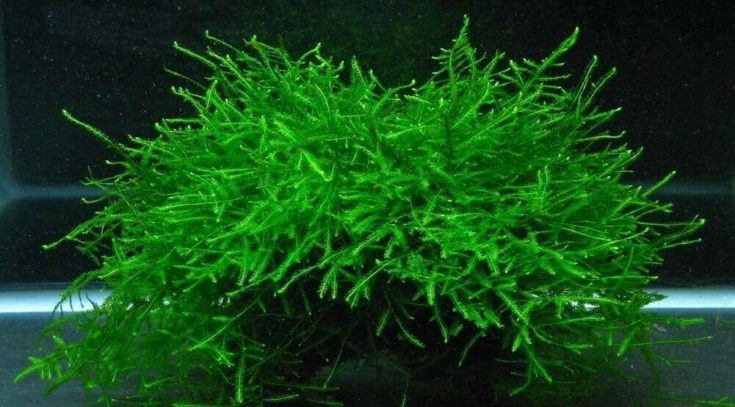

java moss It is a fragile plant with small branched stems and irregular leaves. The stems of the plant are covered with small, long, oval-shaped leaves that develop on top of each other. The plant is quite inexperienced under water, making it a really popular alternative for aquariums.
The plant often utilizes fast filaments known as rhizoids to self-regenerate onto surfaces in the aquarium. Rhizoids cannot absorb nutritious vitamins for the plant. Due to its lack of roots, Java moss gets the vitamin it needs from its leaves and stems.
Water Conditions
Java moss is a versatile, hardy plant that can withstand many different water conditions.
The plant will thrive in a range of temperatures from 57° to 86° Fahrenheit, but 70° to 75° Fahrenheit is the warmest temperature and can produce the brightest color. The pH could probably be between 5.5 and 8.0 and the water hardness could possibly be around 20 dGH.
Progress Price
Java moss has a slow to moderate growth cost and requires little or no temperate, whereas Christmas moss requires a much more temperate climate and has slower growth.
Since the plant is established, it grows very quickly and densely. Therefore, you can cut the plant repeatedly to allow water to enter with growth, otherwise the moss elements will begin to die.
Care
Java moss doesn't actually need fertilizer, but you will benefit from faster growth costs if you use CO2 in your aquarium.
Like Christmas moss, to keep Java moss tidy, sometimes you just need to cut it with a pair of aquascaping shears. Do not disturb the plant too much until it matures, otherwise you risk delaying growth.
What Are the Directors and Cons of Christmas Moss Vs. Java Moss?
Each of these types of aquarium algae has several pros and cons:
Advantages of Christmas Moss
- Christmas moss makes a beautiful carpet plant and is even used to cover aquarium edges, driftwood, and rocks.
- The plant is available on the market and its purchase cost is relatively low.
And Disadvantages…
All moss is susceptible to moss-containing spots, and Christmas moss is no exception.
If the water is of poor quality, your tank is not open to sunlight, or you leave the lighting on too much per day, you will likely end up with algae rising in the tank. However, when you add a few pure algae-consuming fish or invertebrates to your system, they will help maintain algal blooms under management.
Another disadvantage of Christmas moss is that if you do not cut it, the leaves turn brown and die.
You may also notice this when you first introduce the plant to your tank. However, the problem will resolve itself once the moss settles and begins to get used to the new environment. Temperature changes and fluctuations in water conditions can even cause leaves to die.
Advantages of Java Moss
- Java moss is easy to cultivate and the plant is fairly undemanding to water conditions.
- Seaweed is on the market and its purchasing cost is low.
- You need to use Java moss to create a carpet in your aquarium or combine them to decorate the top of the tank if desired. You can even create “bushes” with this moss by using aquascaping glue to attach moss objects to an upright piece of driftwood.
And Disadvantages…
The most important disadvantage of Java moss is that it is susceptible to algae formation, just like Christmas moss.
However, if you take proper care of your tank and keep it clean, algae will not be a problem. Algae can also be a problem when you use CO2 to increase plant growth. Although a small amount of algae in your tank is not a problem and is a food source for fish and invertebrates, an excessive amount can be a major disadvantage.
If algae has settled and become deeply embedded in your Java moss, it is almost impossible to get rid of it. In this case, the only option is to remove the moss and start establishing a new plant as soon as possible.
In conclusion
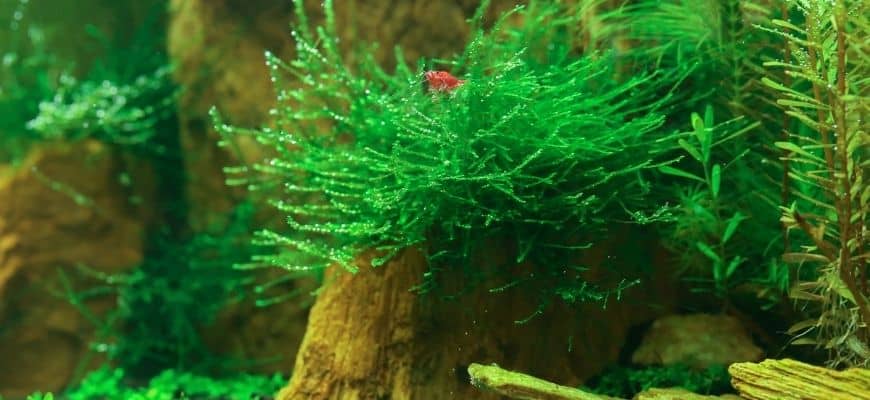

I hope you really enjoyed the information on the comparability of Java moss and Christmas moss. In case you probably shared, please share the article with different avid aquascapers!
Each type of vegetation looks quite similar and is often mistaken for the same species. When looking for these mosses, double-check that you're shopping for the right species. Java moss is happier in colder water than Christmas moss, which grows most interestingly in warmer temperatures.
Will you buy Java moss or Christmas moss? Maybe you found every plant species worth protecting?
Let us know about your moss-keeping successes in the recommendations section below!
